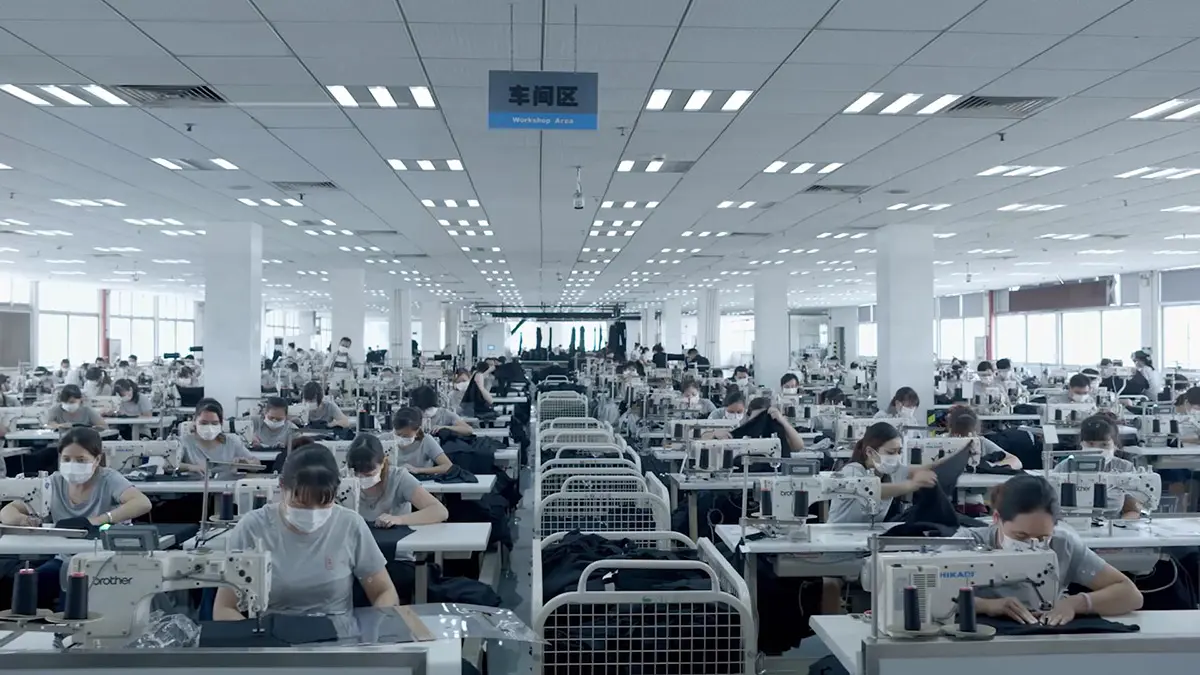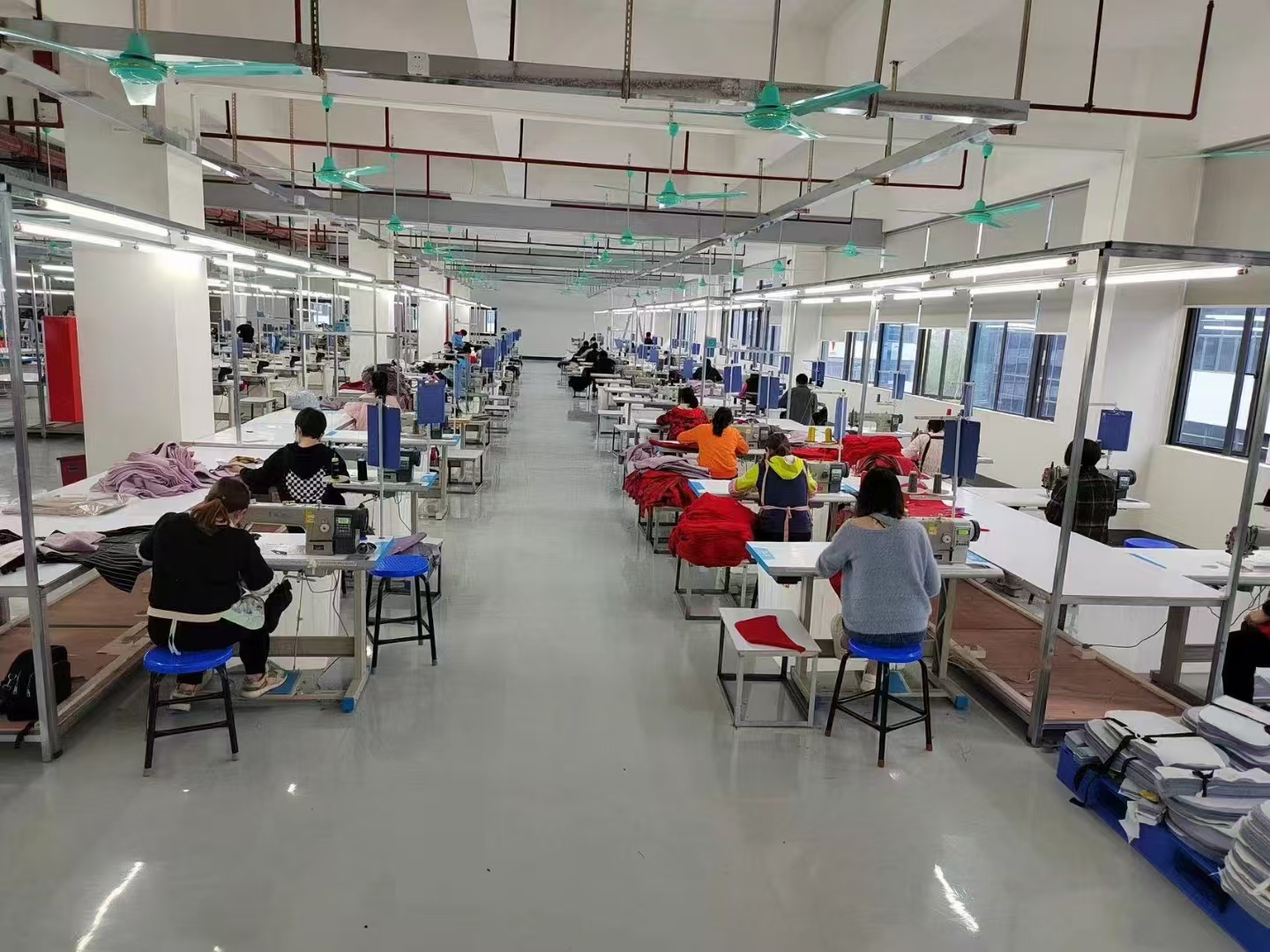News Categories
Featured News
0102030405
Analysis of the Development of the European Apparel Industry in 2025
2025-02-27
1. Introduction
Europe, as one of the birthplaces of fashion, has long held a significant position in the global apparel industry. In 2025, after experiencing numerous challenges and transformations, the European apparel industry has demonstrated new development trends. This report will comprehensively analyze the development of the European apparel industry in 2025 from multiple aspects.
2. Market Scale and Growth Trends
According to relevant statistics, the European apparel market continued to expand in 2025. Despite the impacts of factors such as the COVID - 19 pandemic, inflation, and international competition in the past few years, the revenue of the European apparel manufacturing industry declined at a compound annual growth rate of 5.5% from 2019 to 2024, reaching 97.8 billion euros. However, since 2025, the market has shown signs of recovery and growth. It is expected that from 2025 to 2029, the revenue of the apparel market will continue to grow at a certain annual growth rate. The rapid rise of online sales has become one of the key factors driving market growth. Consumers' demand for convenient shopping has prompted brands to continuously optimize the online shopping experience, and the proportion of online channel sales has gradually increased.
3. Brand Development and Competitive Landscape
3.1 The Continuing Influence of Luxury Brands
Europe is home to many world - renowned luxury apparel brands, such as Chanel, Armani, Givenchy, Versace, Gucci, Dior, Prada, VALENTINO, BURBERRY, and Louis Vuitton. These brands, with their long - standing histories, exquisite craftsmanship, unique designs, and strong brand influences, dominate the global high - end apparel market. For example, in 2025, the 110th anniversary of the establishment of the Chanel haute couture series and the 20th anniversary of Giorgio Armani Privé became focal events in the fashion industry, attracting the attention of global media and consumers. These luxury brands not only represent the highest standards of fashion but also serve as important pillars of the European apparel industry. By launching limited - edition and haute couture collections, they meet the pursuit of uniqueness and quality of high - end consumers and also bring high profits and brand premiums to the brands.
3.2 Challenges and Transformations of Fast - Fashion Brands
Fast - fashion brands also hold an important share in the European market, such as Zara and H&M. However, with the increasing environmental awareness of consumers and the intensifying market competition, fast - fashion brands are facing many challenges. On the one hand, fast - fashion brands are accused of having a negative impact on the environment due to their rapid production and high resource consumption. On the other hand, consumers' requirements for clothing quality and personalization are also constantly increasing. To address these challenges, fast - fashion brands have begun to increase their investment in sustainable development, launch more clothing series made of environmentally friendly materials, and accelerate product innovation to meet consumers' dual demands for fashion and quality. For example, some fast - fashion brands have started to use recycled materials to make clothing and strengthened cooperation with designers to launch more design - oriented and personalized products.
3.3 The Rise of Emerging Brands
In the European apparel market, emerging brands are constantly emerging. These brands usually attract the attention of the younger generation of consumers with their unique design concepts, innovative business models, and precise market positioning. Some emerging brands focus on niche markets, such as streetwear and athleisure, and create clothing products with cultural connotations and personalities through collaborations with artists, musicians, etc. For example, some streetwear brands, through combinations with skateboarding and hip - hop cultures, launch limited - edition clothing and accessories, which are highly sought after by young consumers. The rise of these emerging brands not only enriches the brand landscape of the European apparel market but also brings new vitality and innovative thinking to the industry.
4. Development of Online and Offline Channels
4.1 The Dominant Position of Online Sales
With the development of Internet technology and the change of consumers' shopping habits, online sales have occupied an increasingly important position in the European apparel industry. In 2025, online sales became the main driver of the growth of the European apparel market. Brands have increased their investment in e - commerce platforms, optimized the user experience of websites and mobile applications, and provided personalized recommendations and services. For example, some brands understand consumers' preferences and purchase behaviors through data analysis and push clothing products that meet their tastes to consumers. At the same time, the application of emerging technologies such as live - streaming e - commerce and virtual try - ons has further enhanced the consumers' shopping experience. In addition, social media platforms have also become important channels for apparel brand promotion and sales. Brands cooperate with Internet celebrities and bloggers for product promotion and marketing, attracting the attention and purchases of a large number of young consumers.
4.2 The Transformation and Innovation of Offline Stores
Although online sales are growing rapidly, offline stores are still an indispensable part of the European apparel industry. To compete with online sales, offline stores have started to transform and innovate. On the one hand, brands create flagship stores, concept stores, and other forms to provide unique shopping experiences and attract consumers to shop in - store. These stores not only display and sell clothing products but also serve as windows for brand culture and image display. By holding fashion events, art exhibitions, etc., they enhance the interaction and stickiness between consumers and the brand. On the other hand, offline stores have strengthened their integration with online channels to achieve omni - channel operation. For example, consumers can place orders online and then choose to pick up the goods at a nearby store, or try on the clothes in the store and then purchase them through the online platform. This omni - channel integration model not only meets consumers' demand for convenient shopping but also provides the service of offline try - on and experience.
5. Sustainable Development Trends
5.1 The Extensive Application of Environmentally Friendly Materials
In 2025, sustainable development became an important trend in the European apparel industry. Consumers' increasing attention to environmental protection and sustainable development has prompted brands to pay more attention to the selection of clothing materials. More and more brands have started to use environmentally friendly materials, such as organic cotton, recycled fibers, and biodegradable materials, to reduce the impact on the environment. For example, some brands use a large amount of organic cotton in their clothing series. This kind of cotton is grown without the use of chemical pesticides and fertilizers, which is more friendly to the soil and the environment. At the same time, recycled fiber materials have also been widely used. These materials are usually made from recycled plastic bottles, used clothing, etc., reducing resource waste and garbage generation.
5.2 The Greening of the Production Process
In addition to using environmentally friendly materials, European apparel brands are also striving to promote the greening of the production process. This includes measures such as the adoption of energy - saving equipment, the optimization of production processes, and the reduction of wastewater and waste gas emissions. Some brands invest in researching and developing new production technologies and processes to improve production efficiency and reduce energy consumption. For example, some clothing manufacturers use digital production technologies to achieve precise cutting and production, reducing fabric waste. At the same time, some brands are also committed to promoting green supply chain management, requiring suppliers to also follow environmental protection standards to ensure the sustainability of the entire production process.
5.3 The Rise of Recycling and Reuse
The recycling and reuse of clothing have become another important direction of sustainable development in the European apparel industry. Some brands have launched clothing recycling programs, encouraging consumers to return unused clothing to the brand, and then the brand classifies, processes, and reuses these clothes. For example, some brands refurbish and transform recycled clothing and re - introduce it to the market, or decompose and recycle the recycled fabrics to make new clothing products. In addition, the second - hand clothing market is also gradually emerging in Europe. Consumers' acceptance of buying second - hand clothing is getting higher and higher, which not only reduces clothing waste but also provides consumers with a more environmentally friendly and economical shopping option.
6. Application of Technological Innovations
6.1 The Development of Smart Clothing
In 2025, smart clothing gradually emerged in the European market. These clothes are integrated with various sensors and technologies and can achieve multiple functions, such as monitoring health data, adjusting temperature, and providing navigation. For example, some smart sportswear can real - time monitor athletes' heart rate, steps, calorie consumption, and other data, and feedback these data to users through mobile applications, helping users better understand their exercise status and health conditions. There are also some smart clothes with built - in heating or cooling devices that can automatically adjust the temperature of the clothes according to the ambient temperature and users' needs, providing a more comfortable wearing experience. The development of smart clothing not only brings a new experience to consumers but also opens up a new path for the innovative development of the apparel industry.
6.2 The Application of 3D Printing Technology
The application of 3D printing technology in the European apparel industry has also gradually increased. Through 3D printing technology, designers can quickly produce clothing samples and achieve personalized customized production. Compared with traditional clothing production methods, 3D printing technology can reduce production time and cost and also achieve more complex and unique designs. For example, some designers use 3D printing technology to create clothing with unique textures and structures, showing unprecedented design creativity. At the same time, 3D printing technology can also be customized according to consumers' body sizes, providing more fitting clothing products.
6.3 Data Analysis and Personalized Marketing
Data analysis is increasingly widely used in the European apparel industry. Brands deeply understand consumers' preferences and needs by collecting and analyzing consumers' purchase data, browsing behaviors, social media interactions, etc., so as to achieve precision marketing and personalized recommendations. For example, some brands use data analysis tools to analyze consumers' clothing purchase preferences in different seasons and occasions, and then formulate corresponding marketing strategies based on these analysis results, launching clothing products that meet consumers' needs. At the same time, brands can also provide personalized clothing recommendations for each consumer through personalized recommendation systems, improving consumers' purchase conversion rate and satisfaction.
7. Future Outlook
Looking ahead, the European apparel industry will continue to maintain an innovative and developmental trend. With the continuous progress of technology and the continuous change of consumers' needs, the apparel industry will face more opportunities and challenges. In terms of sustainable development, brands will continue to increase investment and promote the entire industry to develop in a more environmentally friendly and sustainable direction. In terms of technological innovation, smart clothing, 3D printing, virtual reality, and other technologies will be more widely applied, bringing more personalized, convenient, and interesting shopping experiences to consumers. In terms of market competition, the competition among brands will be more intense. Only by continuously innovating and enhancing brand competitiveness can brands gain a foothold in the market. At the same time, the European apparel industry will continue to play a leading role on the global fashion stage, promoting the development and evolution of fashion trends.










